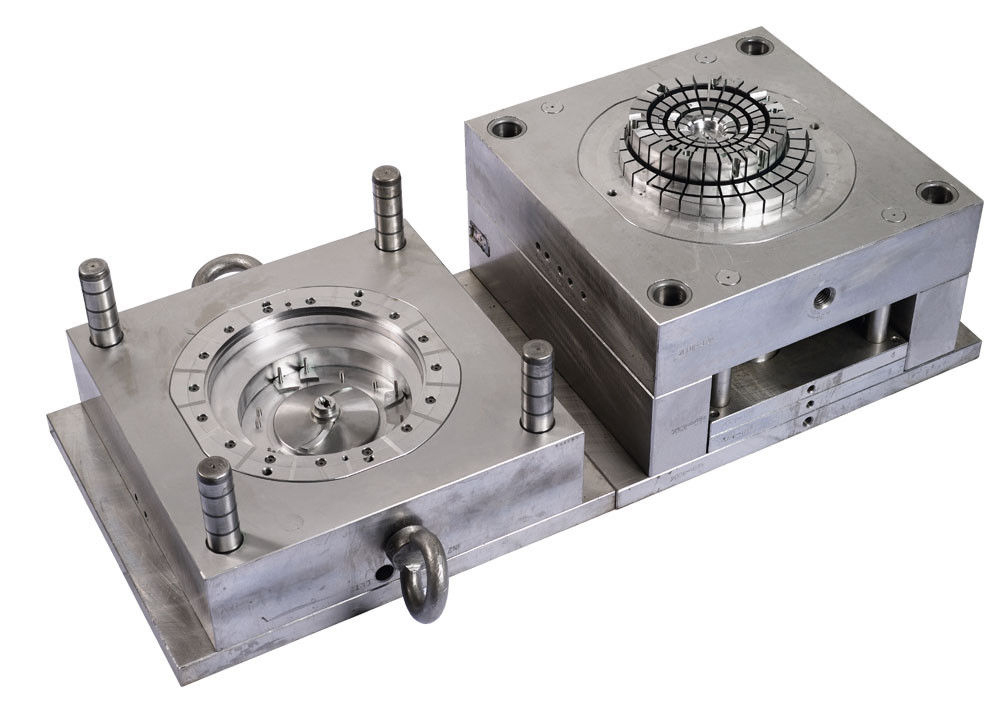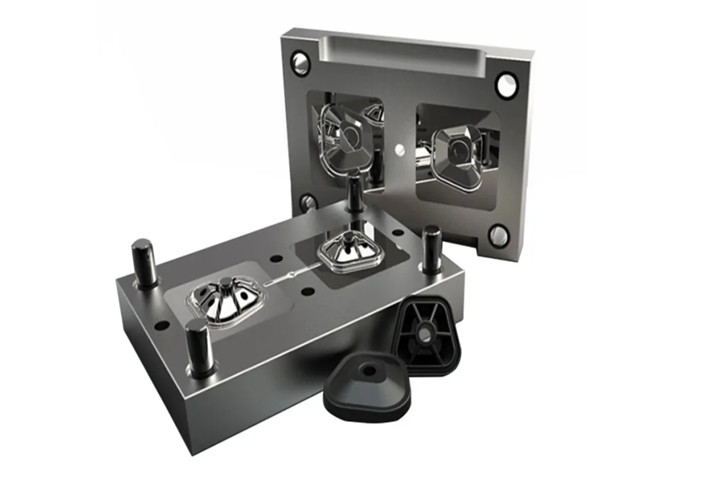In injection molding, cooling time is a critical phase that impacts cycle duration, product quality, and overall production costs. With precise cooling techniques, manufacturers can achieve greater efficiency, reduce part defects, and enhance product durability. This blog explores the significance of cooling time, key factors influencing it, and techniques for optimizing the cooling process.
The Role of Cooling in Injection Molding
The cooling stage in injection molding begins immediately after the molten plastic fills the mold cavity and continues until the part is ready for ejection. While cooling typically accounts for over half of the entire molding cycle time, it also determines essential aspects of part quality, including dimensional stability, surface finish, and internal stress levels. Properly managed cooling reduces shrinkage, warping, and other common defects, making it an area of focus for achieving consistent quality.

Factors Influencing Cooling Time
Several variables influence the efficiency and duration of cooling time, including:
- Material Properties: The type of polymer being used greatly affects cooling requirements. Crystalline materials, like polypropylene and nylon, often require longer cooling times than amorphous polymers, as their structure demands more gradual temperature reduction.
- Part Geometry: The thickness, shape, and size of the molded part play a vital role in cooling dynamics. Thicker sections cool more slowly than thin ones, often necessitating a balance between structural integrity and efficient cooling.
- Mold Temperature: Lowering the mold temperature can speed up cooling but risks creating part defects, especially with certain plastics. Finding the optimal temperature is key to achieving quality results while minimizing cooling duration.
- Thermal Conductivity of Mold Material: Materials with high thermal conductivity, such as beryllium-copper alloys, allow for faster heat transfer and more efficient cooling. Choosing the right mold material can greatly reduce cycle times in high-production settings.
- Coolant Flow Rate and Circuit Design: The flow rate, pressure, and placement of cooling channels within the mold directly influence cooling efficiency. Poorly designed circuits can lead to uneven cooling, resulting in warping or other defects.
Strategies for Optimizing Cooling Time
Manufacturers employ several strategies to streamline cooling time without compromising part quality:
Conformal Cooling Channels: Instead of traditional straight channels, conformal cooling channels follow the part’s shape, allowing for uniform heat extraction. Produced through 3D printing or other advanced techniques, these channels improve cooling rates by up to 30% compared to conventional methods.
Pulse Cooling: In pulse cooling, coolant flow is intermittently cycled on and off. This technique improves heat exchange by allowing the mold to retain some residual heat before coolant is reapplied, leading to faster cooling cycles while preventing internal stresses.
Optimizing Mold Materials: By selecting mold materials with high thermal conductivity, such as copper or copper alloys, manufacturers can significantly reduce cooling time. High-conductivity inserts in specific areas also help manage heat more effectively in complex molds.
Improving Coolant Efficiency: Adjusting the coolant temperature and flow rate to the mold’s specific requirements is essential for efficient cooling. Using temperature-controlled water or oil-based coolants and implementing chiller systems can also help maintain consistent temperatures and prevent mold overheating.
Benefits of Reducing Cooling Time in Injection Molding
Optimizing cooling time benefits manufacturers in several ways:
- Reduced Cycle Times: Shorter cooling times lead to faster cycle rates, improving production efficiency and lowering costs.
- Improved Part Quality: Proper cooling minimizes shrinkage, warping, and internal stresses, resulting in more dimensionally stable and durable parts.
- Enhanced Mold Longevity: Efficient cooling helps prevent mold damage caused by excessive thermal cycling, reducing maintenance needs and prolonging mold life.
- Lower Energy Consumption: Faster cooling reduces the energy required to maintain the mold temperature, resulting in overall cost savings and a smaller environmental footprint.
Case Study: Conformal Cooling Channels in Automotive Components
In the automotive industry, where high precision and large production volumes are essential, reducing cooling time can have a major impact. An automotive part manufacturer implemented conformal cooling channels in molds used for producing dashboard components. This change reduced cooling times by 25%, allowing the company to meet high-volume demands without compromising part quality. The improved cooling also led to a decrease in warping, ensuring that each dashboard component fit perfectly during assembly.
Conclusion
Efficient cooling is an often-overlooked aspect of injection molding that has profound implications for cycle time, part quality, and operational costs. By optimizing cooling time through advanced techniques like conformal cooling, pulse cooling, and strategic coolant management, manufacturers can achieve higher quality and productivity.
For manufacturers seeking to enhance their injection molding process, cooling optimization offers a clear path to better efficiency and cost savings. With the right cooling strategies, businesses can improve not only their bottom line but also the quality and longevity of the products they produce.

